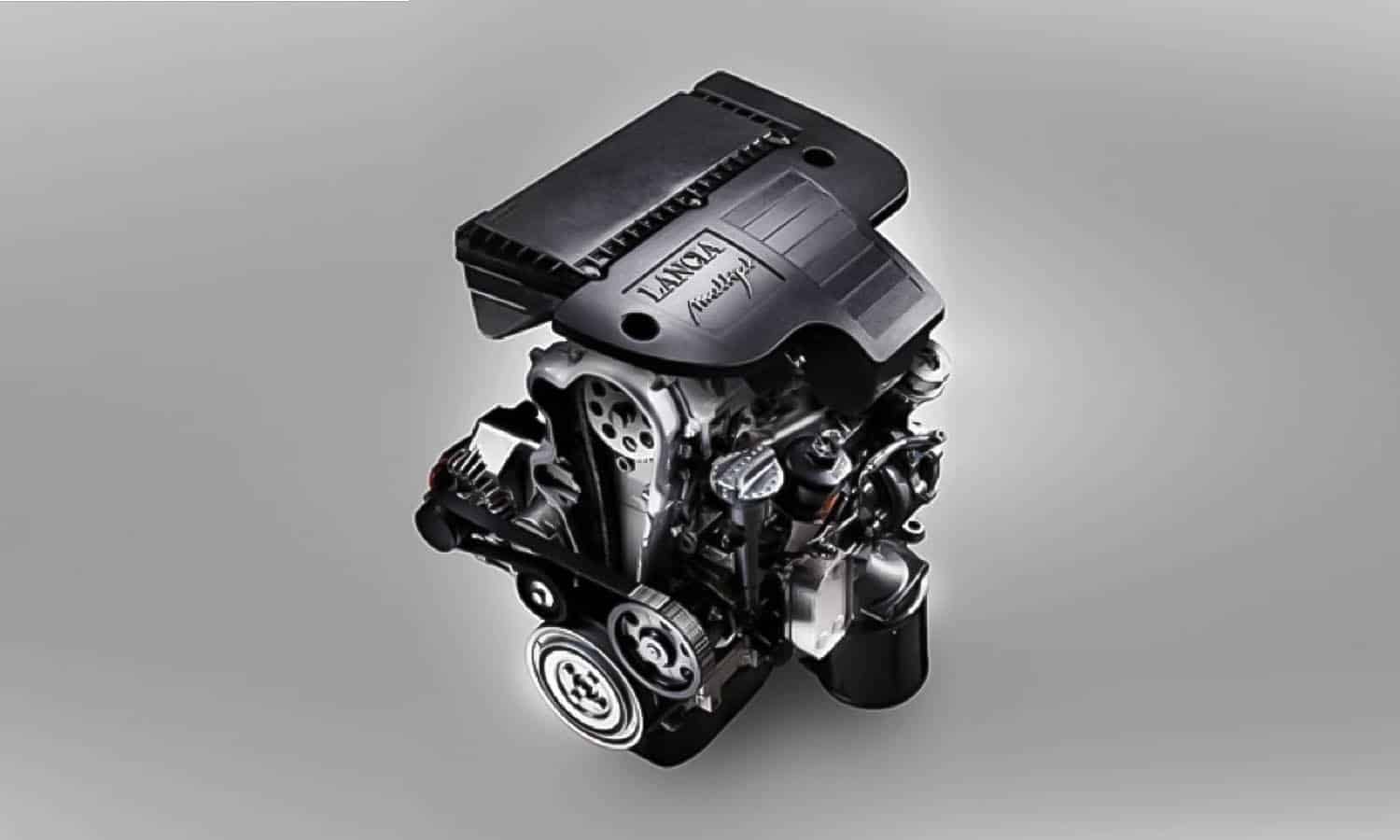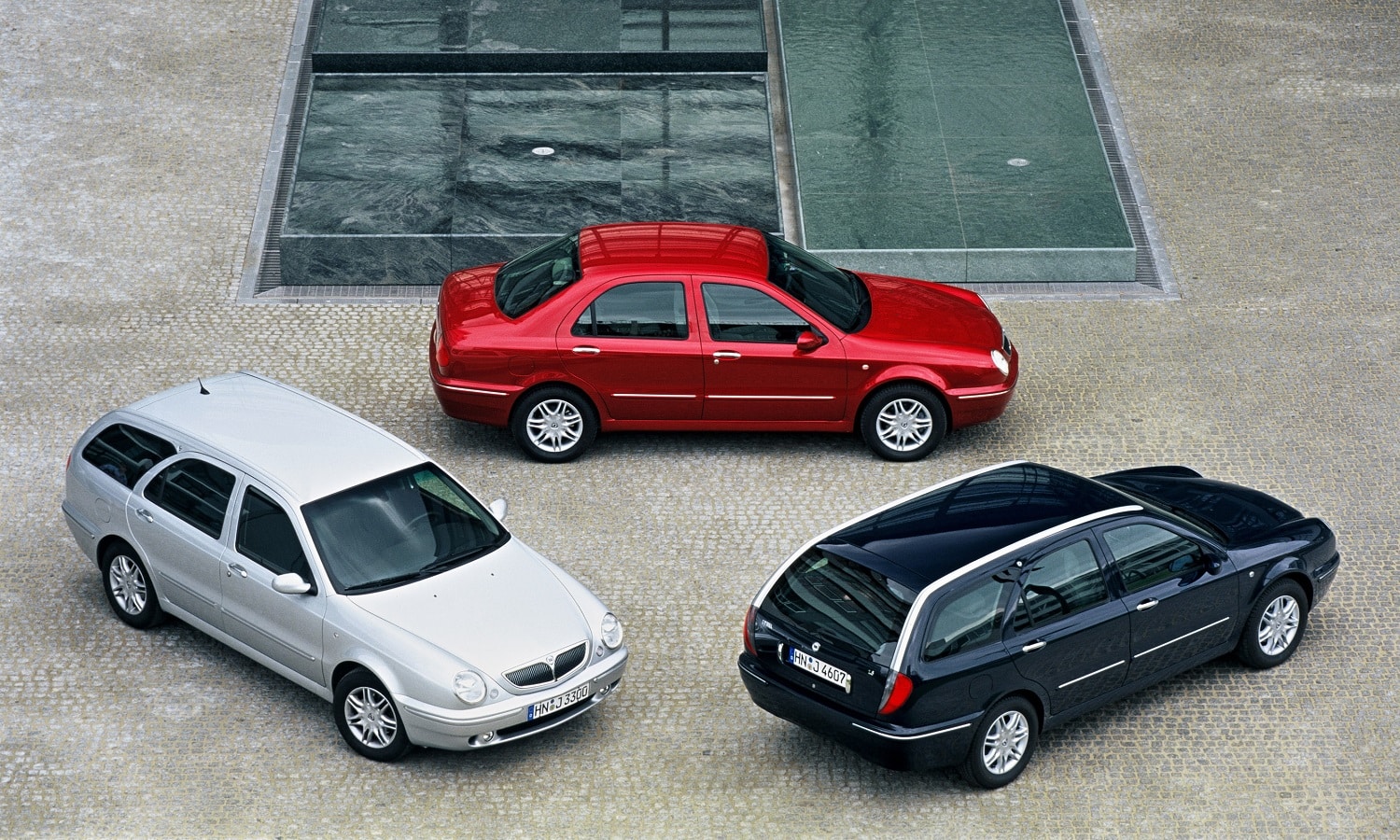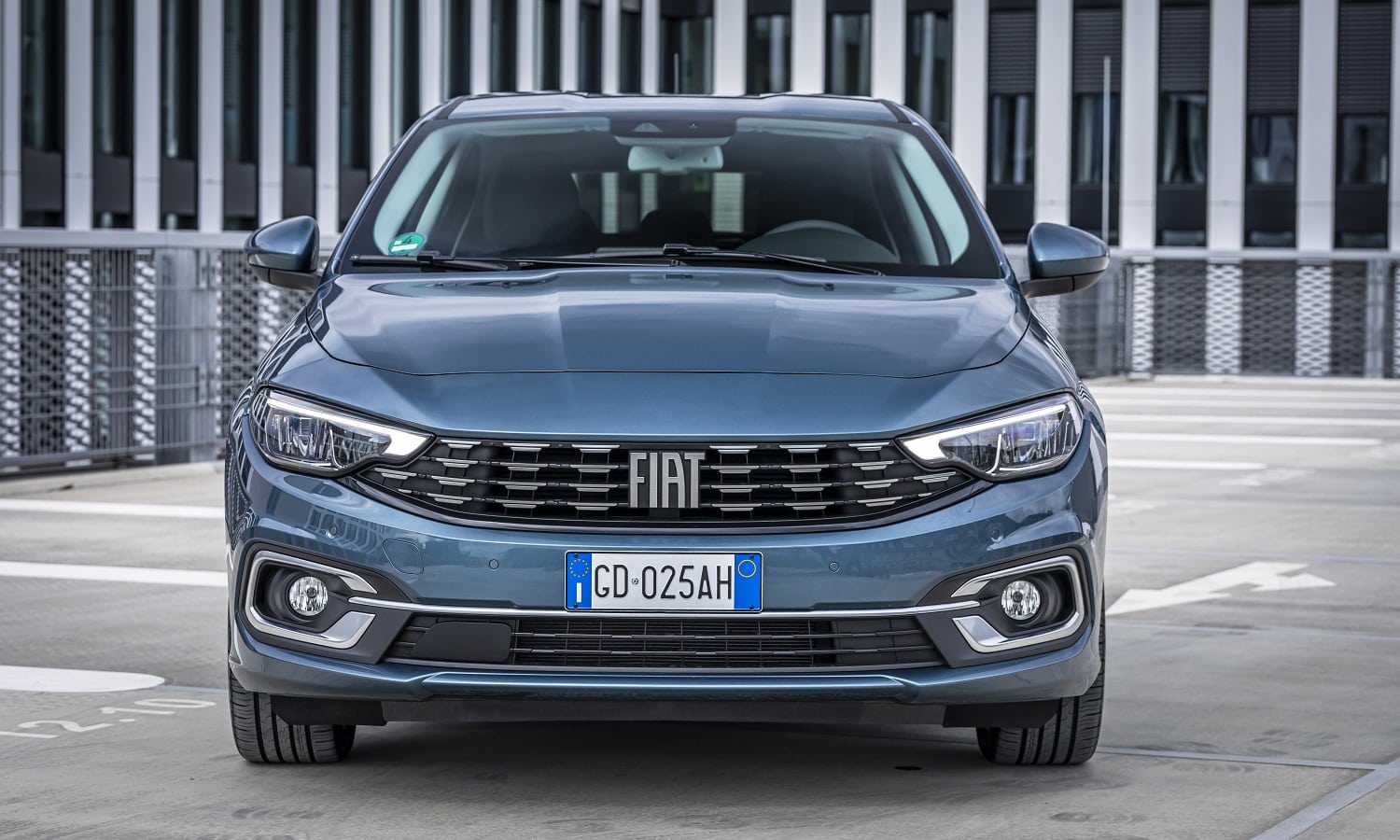
The multi-jet engines they are the direct injection and common rail diesel engines from Fiat-Chrysler (now Stellantis). They are also called JTD engines., whose acronym stands for Jet Turbo Diesel.
The name Multijet refers to the technology that they incorporate compared to their predecessors, the Unijet. Multijet engines, in Spanish Multichorro, are capable of injecting fuel multiple times in the same compression cycle.
What cars use Multijet engines
Although Fiat's are mainly known, this type of engine have been and are used by many brands. On the Fiat side, Multijet engines are found in cars of Alfa Romeo, Fiat y spear.

On the Chrysler side, the models of Jeep, Maserati, Ram trucks and the own Chrysler They also carry this technology. With the merger of the Fiat-Chrysler Group and the PSA Group, to create Stellantis, some PSA engines were renamed JTD.
Not all brands appear with the name of Multijet. In some it appears with the acronym JTD, as is the case with Alfa Romeo. In others, Diesel is simply indicated next to the model name, as is the case with Maserati. You can also see these motors in brands like Tata, Suzuki, Seat o Ford, due to manufacturing agreements with Fiat Chrysler.
Nor should we forget that Multijet engines have several components whose development is General Motors (GM). What happened at the time when the possible merger with this group was toyed with, which ultimately failed. So GM also has brands like Chevrolet, Saab, Opel y Cadillac with Multijet or Multijet II engines.
What is a Multijet engine?
Un multijet or multijet engine It is an engine that uses a very specific fuel injection technique. This term used by the Fiat-Chrysler group to refer to its Common-Rail direct injection turbodiesel engines. That is, it is the evolution of the Unijet system. A system that has direct injection and multivalves and that was patented with the Multijet trademark by this group of automobiles. Other manufacturers call it differently.
How does a multijet engine work?

As its name suggests, Multijet or "multi-jet", the injectors of these engines are capable of injecting several pulses of diesel instead of just one long one. Also, the control unit is capable of modifying the number and duration of injections depending on the needs of the engine. Taking into account data such as the torque demanded with the accelerator pedal, the revolutions and the temperature. What is one more capacity added to a electronic injection basic.
To achieve this, the capabilities of the switchboard they are larger to be able to manage the injection of a Multijet engine. Although this It's not something unique to them, because multiple fuel injections are also seen in other diesel engines, as is the case with the Volkswagen Group's TDIs.
As well the fuel pressure needs to be very high through a high pressure pump. Between 1.400 and 1.600 bar in less recently developed engines and up to 2.000 or 2.500 bar in the most current Multijet engines (Multijet III). This is because fuel pulsations occur at 150 microsecond intervals. That is, 0.00015 seconds.

Advantages of the Multijet
Who does not remember a diesel engine 20 years ago. They made noise like a tractor, they were smoking, difficult to start them when cold, etc. Well, with the same engine, only the way in which we inject the fuel with the direct injection and common rail.
With this, it is achieved that engines of 100 CV and 125 CV, go to 115, 140 or 150 CV one and 150, 175 or 200 CV another. In addition to reduce the consumption between 15% and 20%, reduce noise 30%, 5% more top speed and reduce CO2 emissions 8%.
When cold, it favors the reduction of starting times, noise and fumes. In progression, it favors torque availability and elasticity.
As an addition, the injection system is simpler because the number of parts is reduced. In the Fiat group they are capable of achieving this, with their Multijet injection system.

Focusing in detail on noise reduction, the Multijet system, which is a second generation common rail, performs electronic control of the injectors to perform more injections in each engine cycle. The great regularity of operation translates into silence and ride comfort. Therefore, each combustion is less noisy and generates a more pleasant sound.
This allows to obtain a more complete combustion. Gradual, complete and uniform combustion translates into an excellent relationship between performance, consumption and emissions. The electronic control unit controls the number, spacing and flow rate of each injection according to the established objectives.
So I know favors this saving and ecologyespecially at constant speeds. Incidentally, this served him at the time to reach the Euro 4 standard without using a particulate filter.

All this, we repeat, is achieved thanks to the evolution of the control unit and the injectors that currently allow injections to be carried out in a short period of time. up to 150 microseconds.
Examples of Multijet engines
El 1.0 three-cylinder engine, developed by GM and called Smartech Diesel, has Multijet technology, although we did not see it in Spain. The 1.3 Multijet, called the Small Diesel Engine (SDE), is a four-cylinder and is another good example of an early Multijet.
Other examples are the 1.6 Multijet four-cylinder that replaced a 1,9 8-valve, the 1.9 four-cylinder in L, 2.0 Multijet II that already incorporates several advances such as a higher injection pressure, the 2.2 Multijet II, 2.3, 2,4, 2.8 and 3.0 V6 Multijet II. Even one named Twin turbo to dry, which have used brands such as Lancia, Cadillac or Saab in models of certain benefits.

As we mentioned before, not all makes and models mention the name Multijet, but internally they are engines with this technology, either by itself or with an addition specific to each manufacturer.
Brief history of Multijet engines
His predecessor, the unijet, saw the light with the Alfa Romeo 156 JTD in 1997. Six years later (2003) appeared on first multijet to replace this engine, with the advance of being able to inject the fuel several times in each cycle of a four-stroke engine, instead of just one. At first it was named as JTD-M.
En 2009 the second generation was released (Multijet II) and in 2014 third (Multijet III). Although the latter was reserved only for the brands of Fiat Chrysler Automobiles.
I want one what price